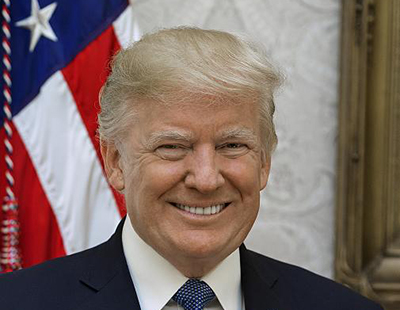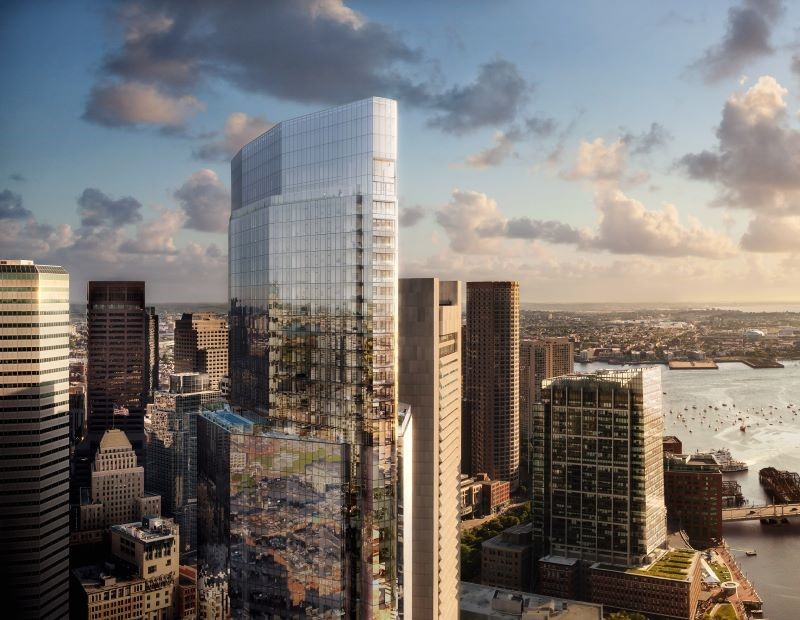Capital Ideas: What to Watch for in the Trump Presidency
Here's some of what the CRE capital markets and investment can expect from the new administration.

Donald Trump is headed back to the White House in a couple of months. Regardless of whether you’re celebrating his win or lamenting Harris’ loss, it’s not too early to look at what a Trump presidency could mean for commercial real estate investors and lenders.
With the Dow, the S&P and the NASDAQ Composite all rallying today, it would seem that Trump’s election is considered a good sign for business, and, therefore, good for CRE. That remains to be seen, of course. But there are a number of likely positive outcomes for CRE and a few potential concerns.
READ ALSO: Why Aren’t Mortgage Rates Going Down?
On taxes
For starters, Trump aims to cut the corporate tax rate from 21 percent to 15 percent, and he wants to lift the cap on local and state tax deductions. With the Tax Cuts and Jobs Act of 2017 set to expire for individuals in 2025, he’s promised to make the individual tax cut permanent. He also wants to extend and increase the TCJA tax cuts for businesses and make the estate tax cuts permanent.
With Harris, investors were facing a potential increase in the capital gains tax, which would have endangered 1031 exchanges and carried interest. Such a proposal is less likely to be supported by Trump and what is now a Republican-led Congress, though there are some Republicans that support a rollback.
“We have to make the case that the current rules are good for real estate and the economy, and, with a Trump administration, we may not have as steep a hill to climb,” Jeffrey DeBoer, president & CEO of the Real Estate Roundtable, told Commercial Property Executive contributing writer Dees Stribling in a pre-election article last month.
On housing
Let’s not forget, Trump got his start as a real estate developer, and he knows how hard it is to get things built. Citing regulation as a key reason for the high cost of housing, he has vowed to work with local jurisdictions to make the approval process less onerous and less expensive. He has also proposed making some federal lands available for housing production. (Harris also proposed these measures.) And by controlling immigration, he believes he will relieve some of the pressures on supply.
He also vowed to reduce mortgage rates by slashing inflation and to promote homeownership through tax incentives and support for first-time buyers—no further specifics have been offered just yet.
But if you are a real estate developer trying to get an affordable project built in a suburban community that is resistant to change, Trump is not likely to help your case with the NIMBYs. He’s promised to preserve suburban property values by safeguarding single-family zoning, and he is opposed to the affordable housing mandates many communities are facing—and resisting.
On economic development and tariffs

Trump aims to attract new foreign businesses with lower taxes and less regulation, and he will impose penalties on U.S. companies that ship jobs abroad. That’s all fuel for the growth of manufacturing and logistics facilities.
But his proposal to impose stiff tariffs on imports—60 percent on items from China and 10 to 20 percent on items from other countries—could be problematic for U.S. commerce and CRE. In a recent Brookings Institute paper, Senior Fellows Wendy Edelberg and Maurice Obstfield wrote: “Experience shows and economists agree that tariffs lead to persistently higher prices for customers. But the near-term damage will be even greater if massive disruptions in supply chains create chaos for businesses that rely on imports.”
On energy and the environment
Part of Trump’s plan to cut inflation is to lower energy costs by investing in and deregulating domestic production of oil, natural gas and coal. The U.S. still has a complicated relationship with fossil fuels, but this is definitely a change in course from the last administration, which made it its mission to tackle climate change through increased regulation, the $300 billion Inflation Reduction Act and the Bipartisan Infrastructure Law.
Trump wants to roll back a lot of environmental regulations and redirect funds from “Green New Deal” programs to much-needed infrastructure improvements. He has taken particular aim at programs incentivizing the transition to electric cars.
Carrying out these promises, however, will not be easy for Trump. Any major revisions to the IRA would require the support of Congress, and many Republican states have already benefited from the law’s programs in terms of investment and job creation. The White House can, however, slow down rulemaking and the distribution of funds. Meanwhile, the Supreme Court’s recent overturning of the Chevron doctrine, which allowed federal agencies to implement and enforce regulation based on their interpretation of federal law passed by Congress, could make the IRA and other programs and regulations more susceptible to litigation.
Currently, though, many of the building performance standards and mitigation strategies that are helping decarbonize real estate and make it more resilient are happening at the local and state level.
“Some of it is immune, somewhat protected from shifts at the federal level and somewhat agnostic in terms of who is the next president,” said Sairah Burki, managing director & head of regulatory affairs and sustainability at the Commercial Real Estate Finance Council, during a recent conversation for my sustainability podcast.
Well, here we go! With real estate hopefully on the verge of its next upcycle and a new president in the Oval Office, it will be an interesting four years.







You must be logged in to post a comment.